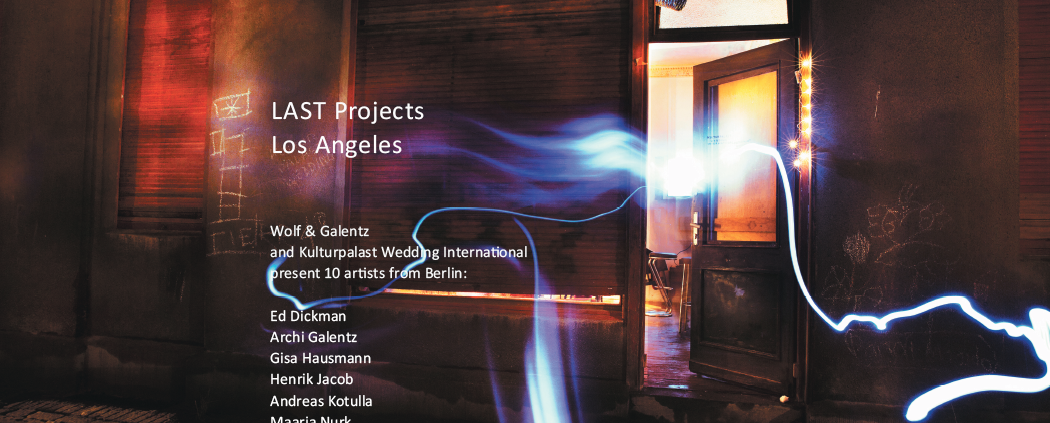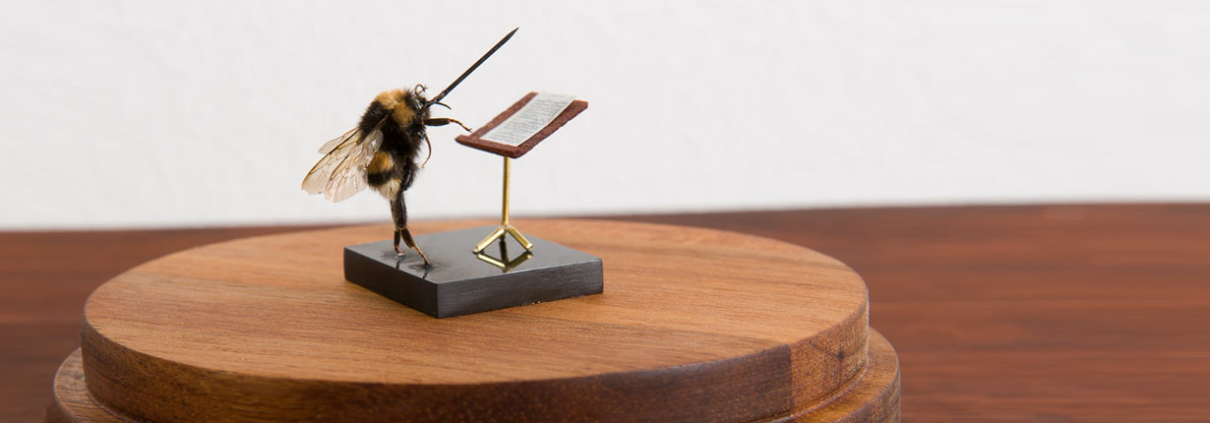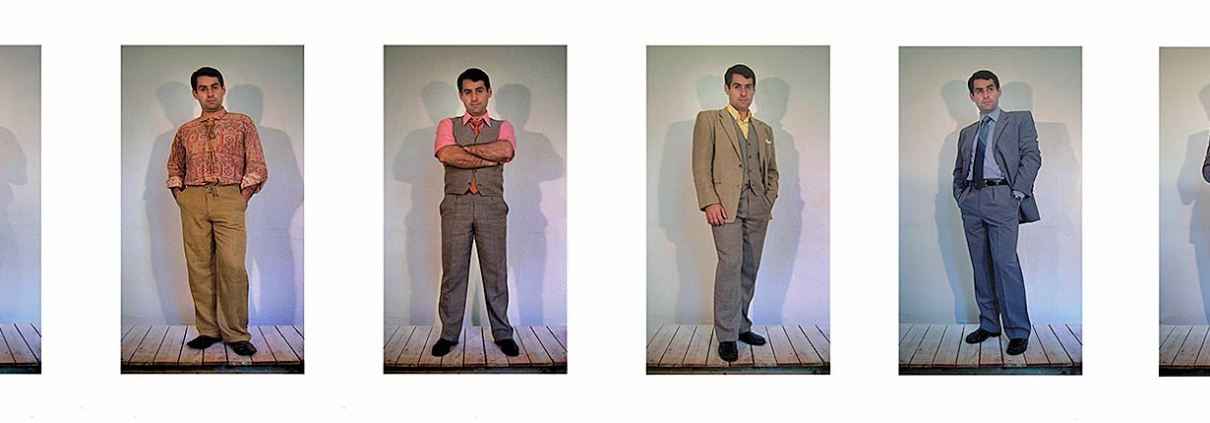Dear ladies and gentlemen, dear friends of the arts,
on the occasion of the opening of the new department for graphic arts, the Direktorenhaus Berlin has invited Wolf & Galentz to present parts of their collection in the exhibition Radical Craft 2.
The Direktorenhaus, Museum for Art Crafts Design, is dedicated to the presentation of design experiments, new materials, ideas for the future, and design art, with a focus on craft techniques.
With this concept in mind, the selection criteria for the works curated by Wolf & Galentz were technical precision of the works or their speculative future oriented contents.
Artists
Jovan Balov, Gunther Baumgart, Jürgen Franke, Gisa Hausmann, Philipp Mager, Jürgen Peters and Kata Unger
We would like to invite you to the opening on Thursday 29 October 2020 at 7 pm.
Direktorenhaus
Am Krögel 2, 10179 Berlin
T +49 (0)30 / 48 49 19 29
info@direktorenhaus.com
Exhibition
30.10.2020 – 28.03.2021
Opening hours
per appointment only (Tue – Fr 11 am – 5pm)
please call 030/4849 1929
Artwork: Jürgen Peters 1936-1997,
Interchange, 1980, silkscreen, 203/250, picture size 60 x 60 cm, (detail)



 Ina Sangenstedt
Ina Sangenstedt




